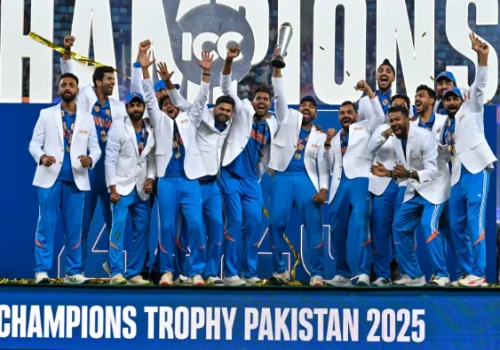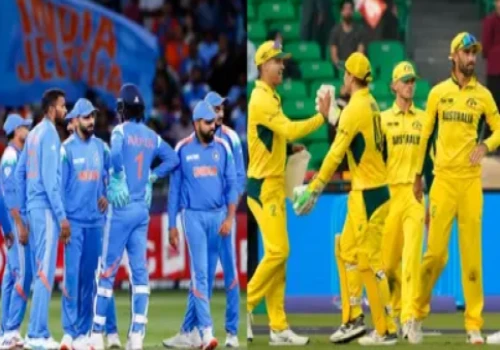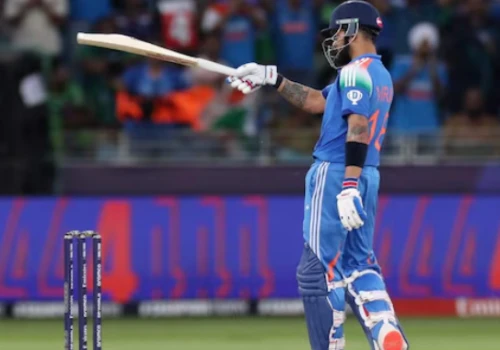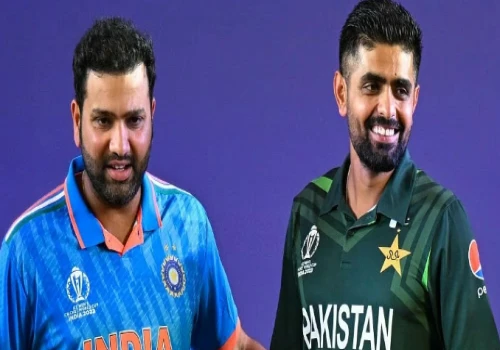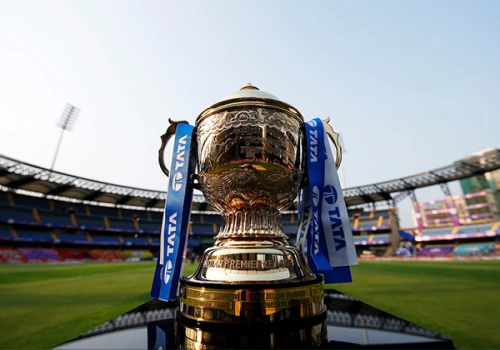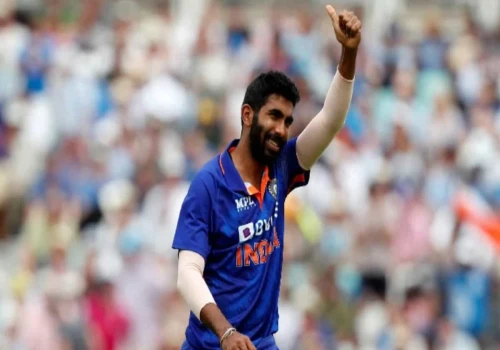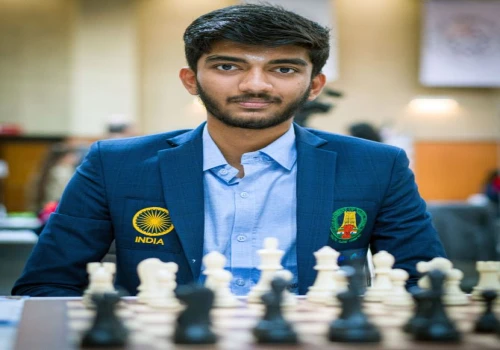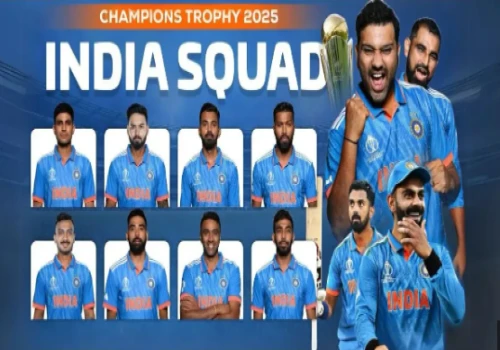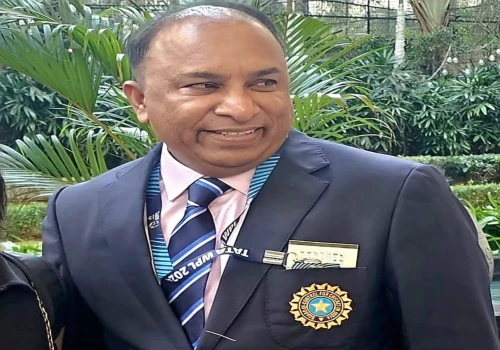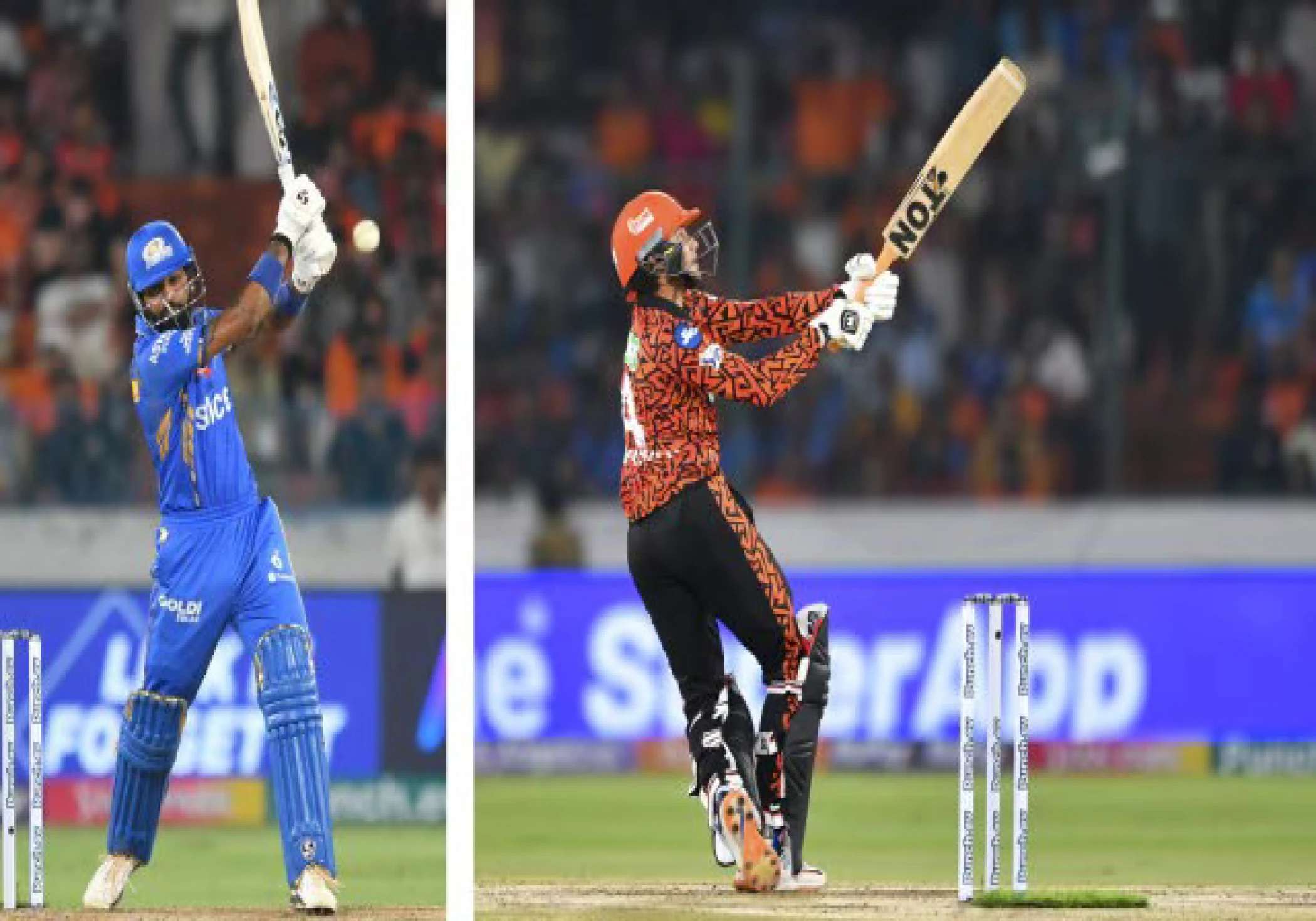
IPL 2024: Sunrisers Hyderabad Vs. Mumbai Indians: On Wednesday, the Sunrisers broke the IPL record and set a new benchmark for a competition that never disappoints. Travis Head and his teammates almost broke another barrier - the first 300 in the league. In the end, they were 23 runs short of the golden mark, but there were moments during the match when it looked like they would reach the illusive beach. A gap of 23 runs might seem big in this format, but on closer inspection the total was actually rather close. They could have made history with four more sixes or six more fours which they were more than capable of producing. There were twenty one dots. The first 300 in the league might have been achieved with better pitch management, more thoughtful chances that paid off, a top edge or two, a more skilful Mayank Agarwal (11 off 13 balls) or no Agarwal at all.
Their failure to reach 300 showed how difficult it is to reach 300 in this format (just 120 balls or 15 runs per over), even considering today's frenetic six-strikes. In the less demanding sport of run-a-ball cricket, India had not even reached 300 runs exactly 30 years ago. In T20s, 300 is almost an unnatural score. It has only been achieved once, during the first ever Asian Games match between Nepal and Mongolia. Nepal amassed 314 runs for the cost of three wickets, with Kushal Malla scoring 137 off 50 balls without conceding a run.
He struck out 274 times in one at-bat. Sunrisers' Abhishek Sharma hit at 273.91. They might have gone closer if he hadn't dropped a 23-ball 63 and hit deeper. Dipendree Singh Airee's 52 off 10 balls - 48 of which came from his eight sixes - provided Nepal's 300 with a real spark. Rajasthan Royals' Yashasvi Jaiswal scored the fastest half-century in IPL history in just 13 balls. Therefore, it is not out of the question that someone can score a half-century with fewer balls.
Admittedly, conceptualizing a total of 300 in this style would require many potential stars to align. A number of factors play a role here. The pitch must be calm and have the right amount of bounce and speed. At least one batsman must score at a strike rate of 250 or higher; the team should score at a rate of 15 runs per over; opposition pitchers must either be completely incompetent or having a terrible day (both of which were somewhat accurate); Jasprit Bumrah should not be one of the bowlers. With his four overs costing just 36 runs, he was the real reason Sunrisers failed to reach 300. The size of the ground shouldn't be too big as triple hundreds are more likely to be produced at Chinnaswamy than the MCG. This time, the top spot is likely as Royal Challengers Bengaluru's attack is the weakest on paper. As the Sunrisers batsmen increased the pressure, there were many errors in the field and Travis Head was dismissed for five runs. A bit of luck should befall the player.
Subsequently, the real story is about the most destructive batsman having the most destructive night and the worst bowling units having the worst night. and therefore unlikely. But in sports, things that were considered impossible have been achieved. It took 2,349 ODIs to witness the first 400 in the format. However, 400s began to appear more frequently, to the extent that England were just two runs shy of 500 (498/4 against the Netherlands in Amstelveen two years ago). After the ascent of Tenzin Norgay and Edmund Hillary, Everest was climbed several times, and after Neil Armstrong, several people walked on the moon.
So Sunrisers have created a type of template that also opens the door to creativity with its bold approach. It requires an unlimited stroke with no beginning, middle or end, approaching each one as if it were the last and trying to hit every ball over the boundary. Simply strike without stopping. One in every three balls was a four or six, with 18 sixes and 19 fours hit. The fact that Mumbai Indians came within a whisker of the target (losing by just 31 runs) speaks volumes about the direction and form of the game. It would break the flatline and make a new high. This format accelerates evolution cycles; the totals would only increase and the number of fours and sixes would only increase. Even though this season is young, batsmen have already started batting from Ball One. This generation is driven to set new standards and has not been let down by previous performance. The first 300 matches of IPL is not too far away. Because of this, this game was a glimpse into the future.



